
Discover Lorca: A Historic City of Hundred Coats in the Region of Murcia
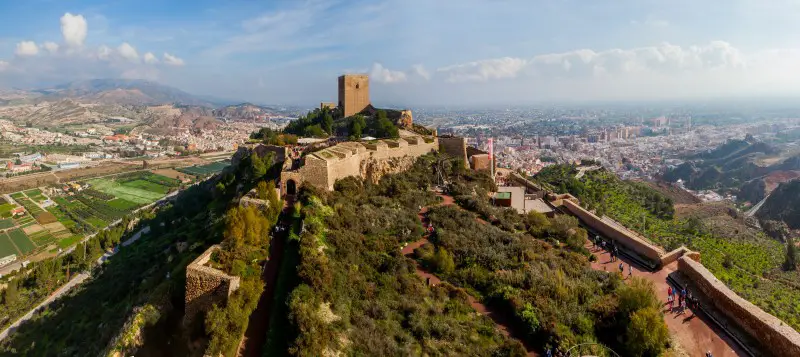
Welcome to the beautiful region of Murcia, where we will explore the historic city of Lorca, also known as the 'City of the Hundred Coats'. In this comprehensive guide, you will discover all the key points and places of interest that this monumental city has to offer.
History and Heritage
Lorca is a city that bears the heritage of three civilizations - Christian, Jewish, and Muslim. Its historic center was declared a Conjunto Histórico-Artístico (Historic-Artistic Site) in 1964, and its castle was recognized as a National Monument in 1931. Along with its strategic location and fertile lands, Lorca attracted the Iberians, Carthaginians, Romans, Visigoths, Moors, and Christians, leaving behind a rich architectural, artistic, and traditional legacy. The city is also known for its abundant heraldic heritage, with many noble families residing here since the Reconquista in the 13th century.
Places of Interest
- Santuario de Nuestra Señora la Real de las Huertas: A Franciscan convent built in the 15th century, housing the image of the city's patron, the Virgen de las Huertas.
- Semana Santa: Lorca's Holy Week is a mix of religious processions and biblical and passion parades, featuring spectacular floats, horses, and chariots. The city is known for its embroidery traditions and the rivalry between its six brotherhoods.
- Museo Nicolás Salzillo: A museum showcasing the artwork and heritage of the Cofradía del Santísimo Cristo del Perdón, known as the Paso Morado. It features embroideries, banners, objects, images, and a 3D audiovisual.
- Iglesia de San Francisco: A 16th-century church and the headquarters of the Cofradía Azul (Blue Brotherhood), known for its Baroque choir, paintings, and sculptures.
- Teatro Guerra: The oldest theater in the region, built in a neoclassical style in 1861. It offers a wide range of dance, theater, and music performances throughout the year.
- Palacio de los Condes de San Julián: A majestic palace combining Baroque and eclectic styles, once the residence of the Pérez de Mercado family. It houses the coat of arms of the Avemaría.
- Iglesia de San Mateo: An 18th-century church built on the foundations of an unfinished Jesuit building. It features a magnificent altarpiece by Jerónimo Caballero.
- Centro Regional para la Artesanía de Lorca: A contemporary building showcasing the region's crafts, including demonstrations of pottery and weaving. It also has a permanent exhibition and a shop selling artisanal products.
- Palacio de Guevara: A 17th-18th century palace with a magnificent façade adorned with Corinthian columns, vegetal motifs, and heraldic shields. It now serves as a tourist office and a municipal school of visual arts.
- Escudo de los Garcías de Alcaraz: A Renaissance-style coat of arms of the García de Alcaraz family, known for its warriors dressed in Roman attire.
- Granero Decimal: A 16th-century building used for collecting payments for crops and farmland. It has served as a hospital, prison, and ice factory, and now offers hospitality services.
Festivals and Traditions
Lorca is a city known for its festivals and traditions. One of the most important is Semana Santa, where religious processions, mixed with biblical and passion parades, take place. The city is divided between the Blue and White brotherhoods, known for their embroidery competitions and the color of their robes. The Museo Azul de la Semana Santa displays the artistic embroideries and workshops of the Blue faction.
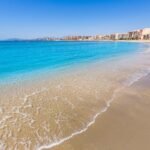 Unveiling Cartagena: Exploring History, Beaches, and Cultural Delights in Murcia, Spain
Unveiling Cartagena: Exploring History, Beaches, and Cultural Delights in Murcia, Spain
Beaches
Lorca has a coastline of 11 kilometers, with 14 beaches and coves. Some of the notable ones include:
- Playa Larga: A 600-meter-long beach with fine sand and gravel, located in a protected area. It has a promenade.
- Cala Blanca: A 150-meter-long beach with anchorage area, fine sand, and a low level of occupancy.
- Cala de los Hierros: A 380-meter-long beach with an average width of 10 meters.
- Cala del De Císcar: A 100-meter-long beach located in a protected natural area, with coarse sand and low occupancy.
- Playa del Fiscal: A 200-meter-long beach.
- Playa del Baño de las Mujeres: A small beach with a length of 40 meters, located in a protected area. It has golden sand, low occupancy, and is accessible for people with reduced mobility.
- Cala de Calnegre: A 190-meter-long beach with fine and golden sand. It is accessible for people with reduced mobility and situated in a protected area.
- Playa Puntas de Calnegre: The largest beach with 1,100 meters in length, located in a semi-urban environment with a sandy and gravelly texture. It has an anchorage area and a medium level of occupancy.
These are just some of the highlights of the historic city of Lorca. Whether you are interested in history, architecture, religious traditions, or simply enjoying the beautiful beaches, Lorca has something for everyone. Explore this monumental city and immerse yourself in its rich cultural heritage.
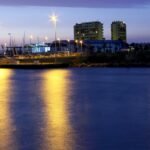 Discover the Beauty of San Javier, Murcia: A Guide to the Radio de Norte Pío Event
Discover the Beauty of San Javier, Murcia: A Guide to the Radio de Norte Pío Event
Related video:
Here, Some Hotels in Lorca
Discover the finest hotels near Lorca, offering luxurious amenities and breathtaking views.
Explore Nearby: Top excursions around Lorca
Discover the rich history and charm of Lorca with our exciting excursions. Explore the stunning medieval castle, immerse yourself in the local culture at the vibrant markets, and indulge in delicious traditional cuisine. Let us show you the best of Lorca!
Si quieres conocer otros artículos parecidos a Discover Lorca: A Historic City of Hundred Coats in the Region of Murcia puedes visitar la categoría Región de Murcia.
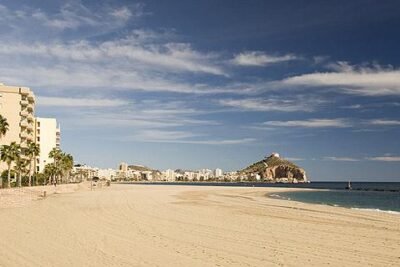
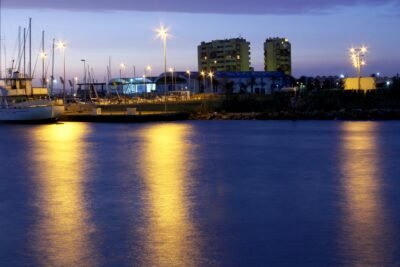
Deja una respuesta